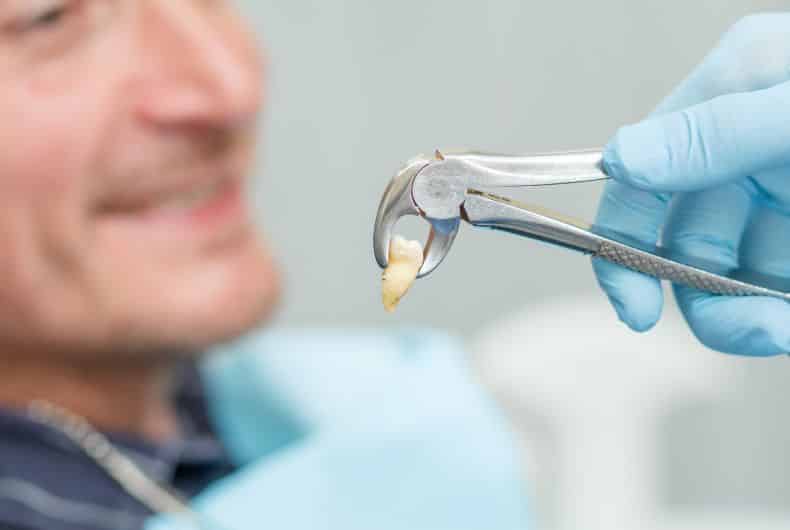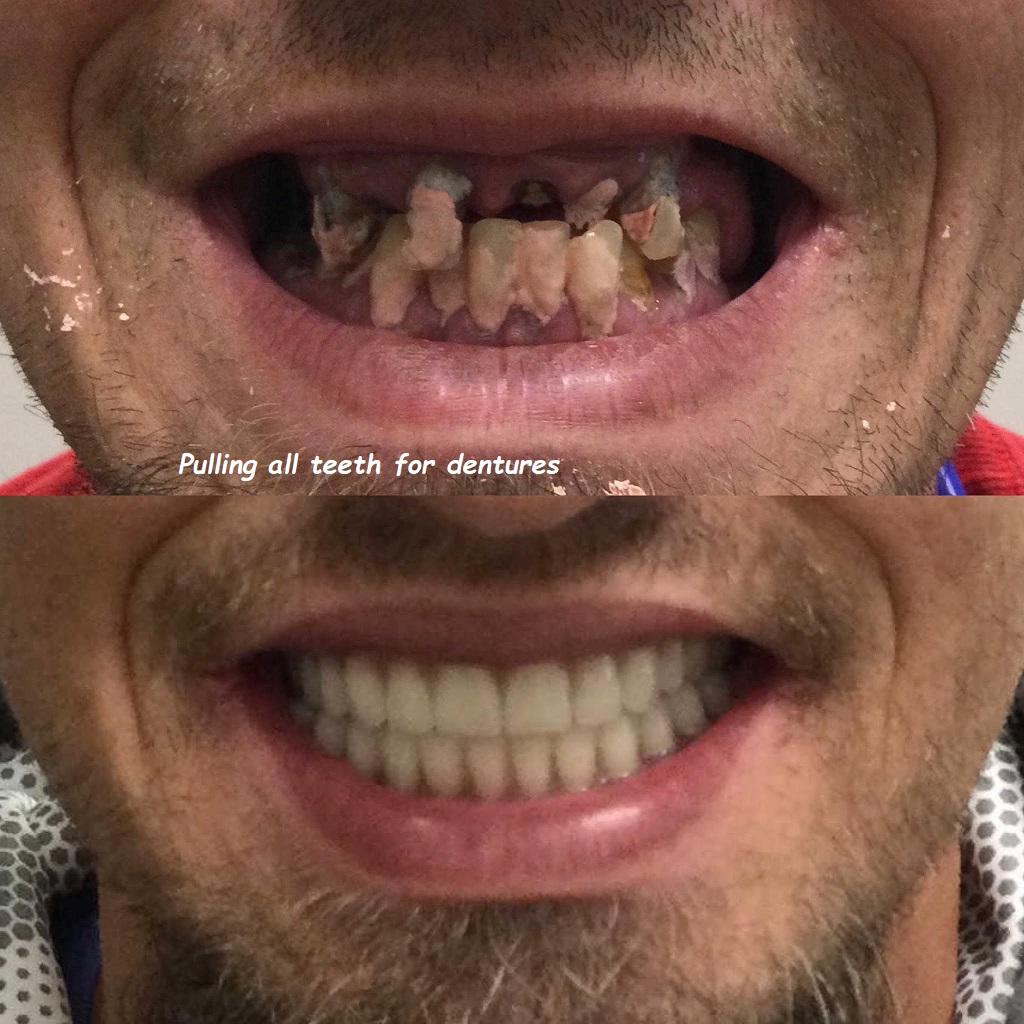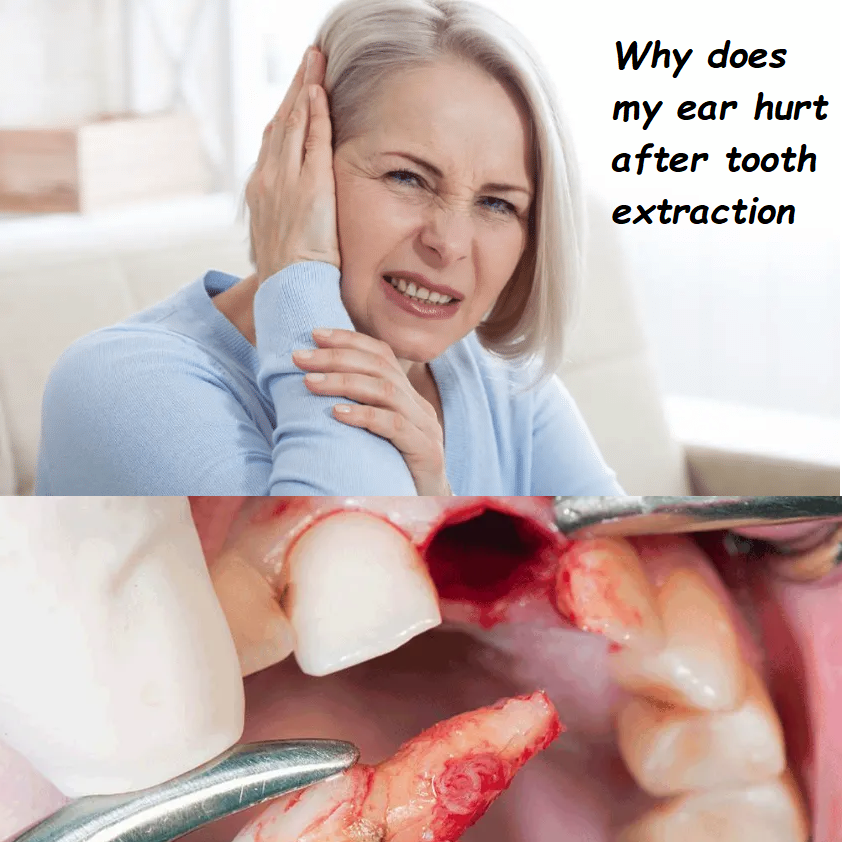Tooth Extraction: Comprehensive Guide to Tooth Pulling, Aftercare, and What to Expect
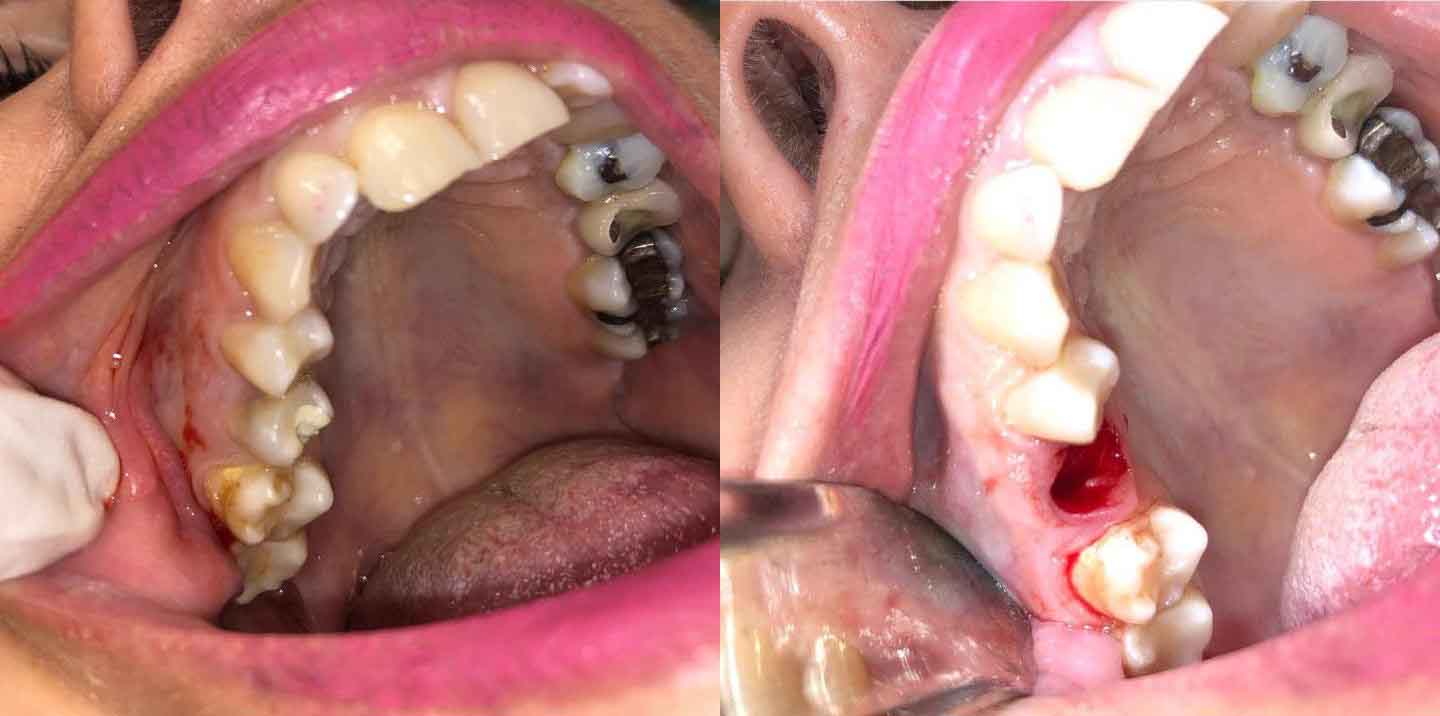
Tooth extraction, also known as “tooth pulling” or “having a tooth pulled,” is a common dental procedure involving the removal of a tooth from its socket in the bone. There are various reasons why a tooth may need to be extracted, from decay and infection to overcrowding and trauma.
In this comprehensive guide, we’ll explore everything you need to know about tooth extraction, including the procedure, recovery, aftercare tips, and what to expect. Whether you’re curious about getting a tooth pulled or are seeking information on aftercare, we’ve got you covered with expert advice and practical solutions.
What is Tooth Extraction?
Tooth extraction is the process of removing a tooth from the jawbone. While many people think of tooth extraction as a painful procedure, modern dental techniques make it a straightforward and relatively pain-free experience. There are two main types of tooth extraction:
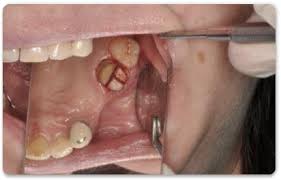
1. Simple Extraction
A simple extraction is performed on a tooth that is visible in the mouth. The dentist loosens the tooth with an instrument called an elevator and then removes it with forceps. This is a routine procedure and is typically done with local anesthesia.

2. Surgical Extraction
A surgical extraction is more complex and is often performed when a tooth has not fully erupted (such as wisdom teeth) or has broken off at the gum line. This procedure involves making an incision in the gum to access the tooth. Surgical extractions may require stitches and a longer recovery period.
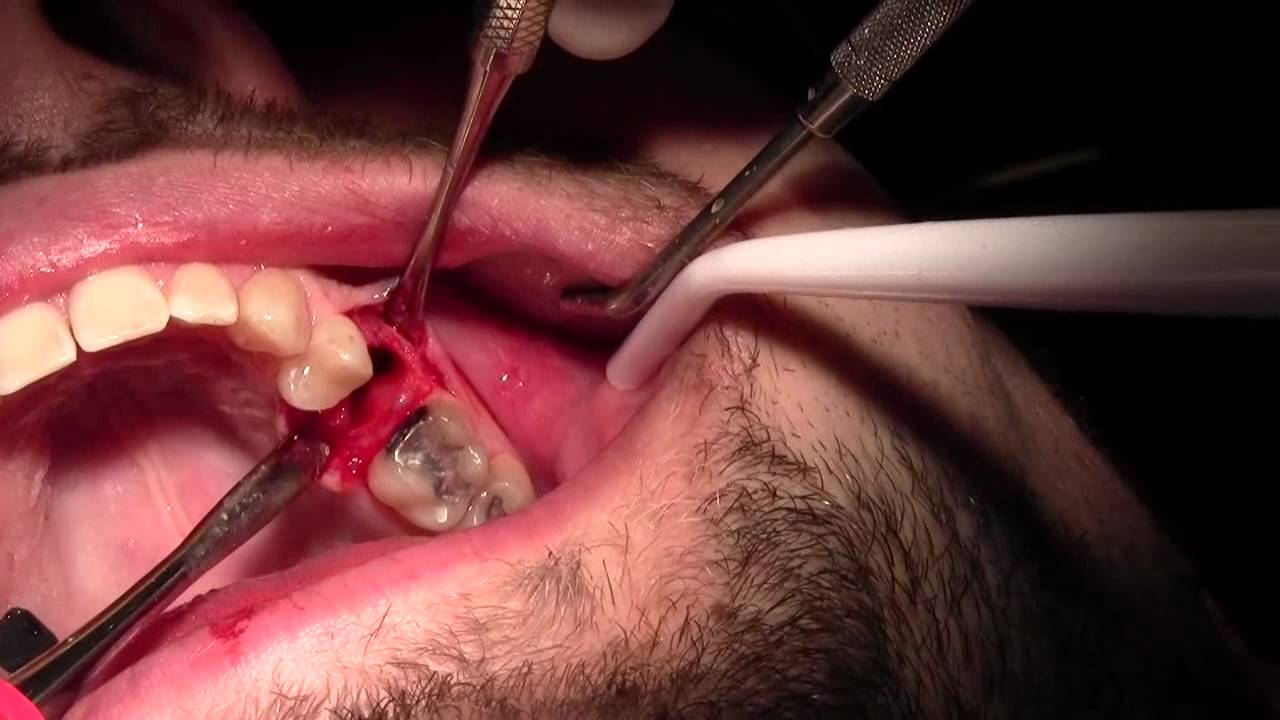
Reasons for Tooth Extraction: When is it Necessary?
There are several reasons why a tooth may need to be extracted:
- Severe Decay or Infection: When a tooth is extensively decayed or infected beyond repair, extraction may be the best option to prevent the spread of infection.
- Impacted Wisdom Teeth: Wisdom teeth that do not fully emerge or grow in the wrong direction (impacted) can cause pain, crowding, and infection, requiring extraction.
- Overcrowding: In cases where there isn’t enough room in the mouth for all the teeth, a tooth or several teeth may need to be pulled to prevent misalignment.
- Periodontal Disease: Advanced gum disease can weaken the supporting structures of the teeth, leading to tooth mobility. In severe cases, extraction may be necessary.
- Trauma or Injury: Teeth that are damaged beyond repair due to accidents or injuries may need to be removed to preserve overall oral health.
- Preparation for Orthodontic Treatment: In some orthodontic cases, teeth need to be pulled to create space for proper alignment of remaining teeth.

What to Expect During a Tooth Extraction
1. Pre-Extraction Consultation
Before the extraction, your dentist will perform a thorough examination, including X-rays, to assess the tooth and surrounding bone structure. They will explain the process, discuss any concerns, and ensure that the procedure is right for you.
2. Numbing the Area
To make the extraction pain-free, your dentist will administer local anesthesia. For more complex surgical extractions, sedation or general anesthesia may be used.

3. Tooth Removal
In a simple extraction, the dentist will use special tools to gently loosen the tooth and pull it out. For surgical extractions, an incision may be made to access the tooth, and the tooth may be broken into smaller pieces for easier removal.
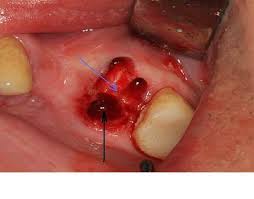
4. Aftercare Instructions
After the tooth has been removed, your dentist will provide aftercare instructions to ensure proper healing. This typically includes advice on pain management, diet, and oral hygiene.
Tooth Extraction Aftercare: Essential Tips for Healing
Proper aftercare is crucial to prevent complications like infection and dry socket, a condition where the blood clot dislodges from the extraction site. Here are the key steps to follow for a smooth recovery:
1. Managing Pain and Swelling
- Pain Medication: Over-the-counter pain relievers, such as ibuprofen, are often sufficient to manage post-extraction pain. Your dentist may also prescribe stronger medication if needed.
- Ice Packs: Apply an ice pack to your cheek for 10-minute intervals to reduce swelling, especially in the first 24 hours.
2. Diet Recommendations
- Soft Foods: Stick to soft foods like yogurt, mashed potatoes, and soups for the first few days. Avoid hot, spicy, or crunchy foods that may irritate the extraction site.
- Hydration: Drink plenty of water but avoid using straws, as the suction can dislodge the blood clot and lead to dry socket.
3. Oral Hygiene
- Gentle Rinsing: After 24 hours, rinse your mouth gently with a saltwater solution (1/2 teaspoon of salt in 8 oz. of warm water) to help keep the area clean and reduce swelling.
- Brushing: Continue brushing your teeth, but be careful to avoid the extraction site to prevent irritation.
4. Avoiding Dry Socket
Dry socket is one of the most common complications following tooth extraction. It occurs when the blood clot that forms at the extraction site dislodges, exposing the bone and nerves underneath. To avoid dry socket:
- Do not smoke or use tobacco products.
- Avoid vigorous rinsing or spitting for the first few days.
- Follow your dentist’s aftercare instructions carefully.
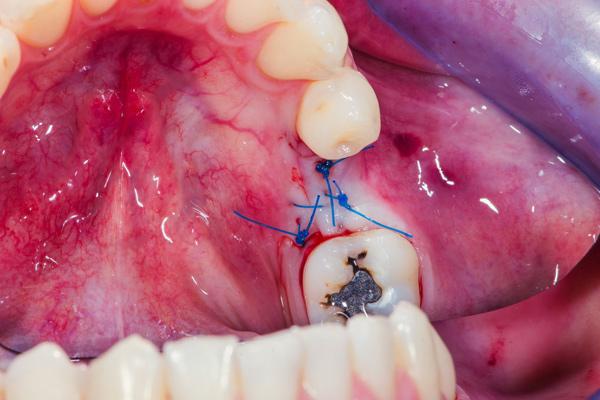
Common Tooth Extraction Complications
While tooth extraction is generally safe, some complications can arise. Being aware of these potential issues can help you take the necessary steps to avoid them:
1. Infection
Signs of infection include swelling, fever, and discharge from the extraction site. If you notice any of these symptoms, contact your dentist immediately.
2. Prolonged Bleeding
It is normal to experience some bleeding for the first few hours after the extraction. However, if bleeding persists or is excessive, apply pressure to the area using gauze and contact your dentist.
3. Dry Socket
As mentioned earlier, dry socket can be painful and delay the healing process. To prevent it, avoid smoking, straws, and vigorous activities for a few days after the extraction.
4. Nerve Damage
Although rare, nerve damage can occur during the extraction, especially in wisdom tooth extractions. This can cause numbness or tingling in the lips, chin, or tongue. If this happens, consult your dentist immediately.
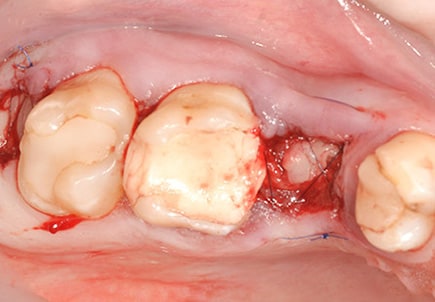
Recovery Timeline for Tooth Extraction
Recovery from a tooth extraction typically follows this general timeline:
- First 24 Hours: Expect mild bleeding, swelling, and discomfort. Rest and follow aftercare instructions closely.
- Day 2 to 3: Swelling may peak, but pain should start to subside. Continue with soft foods and avoid strenuous activity.
- Day 4 to 7: The extraction site should begin to heal, and you can slowly introduce firmer foods. Pain should be minimal at this stage.
- Week 2: Most people experience complete healing within two weeks, though the gum tissue may take longer to fully recover.
How Much Does Tooth Extraction Cost?
The cost of a tooth extraction depends on several factors, including the complexity of the procedure and whether you need a simple or surgical extraction.
- Simple Extraction: Typically costs between $75 to $300 per tooth.
- Surgical Extraction: Prices can range from $200 to $600 per tooth, depending on the complexity.
Most dental insurance plans cover part or all of the cost of a tooth extraction, so it’s important to check with your provider before the procedure.
Alternatives to Tooth Extraction: Can a Tooth Be Saved?
In some cases, there may be alternatives to tooth extraction, depending on the condition of the tooth. Here are a few options your dentist may explore before recommending extraction:
- Root Canal Treatment: If the tooth is infected but structurally intact, a root canal can remove the infection while preserving the tooth.
- Crowns: For a damaged or decayed tooth, a crown can restore its function and appearance without needing to pull it.
- Apicoectomy: This surgical procedure removes the infected tip of the tooth’s root, saving the rest of the tooth from extraction.
Conclusion: Is Tooth Extraction the Right Option for You?
Tooth extraction, whether a simple tooth pulling or a more complex surgical removal, is a common dental procedure with a high success rate. If you’re facing issues like severe decay, infection, or impacted teeth, getting a tooth pulled might be the best solution to preserve your overall oral health.
Whether you’re searching for information on “what is tooth extraction,” “teeth pulled,” or “how to prevent dry socket,” understanding the procedure and following proper aftercare will ensure a smooth recovery.
For more expert tips and information on dental health, be sure to check out our related articles on Tooth Extraction Aftercare Tips and Common Tooth Extraction Complications.
Related Posts:
- Normal Socket vs Dry Socket After Tooth Extraction
- How to Manage Pain After a Tooth Extraction
- Guide to Maintaining Optimal Oral Hygiene
References:
Oral Surgery, Extraction of Teeth
Reasons for Tooth Extractions and Related Risk Factors in Adult Patients



